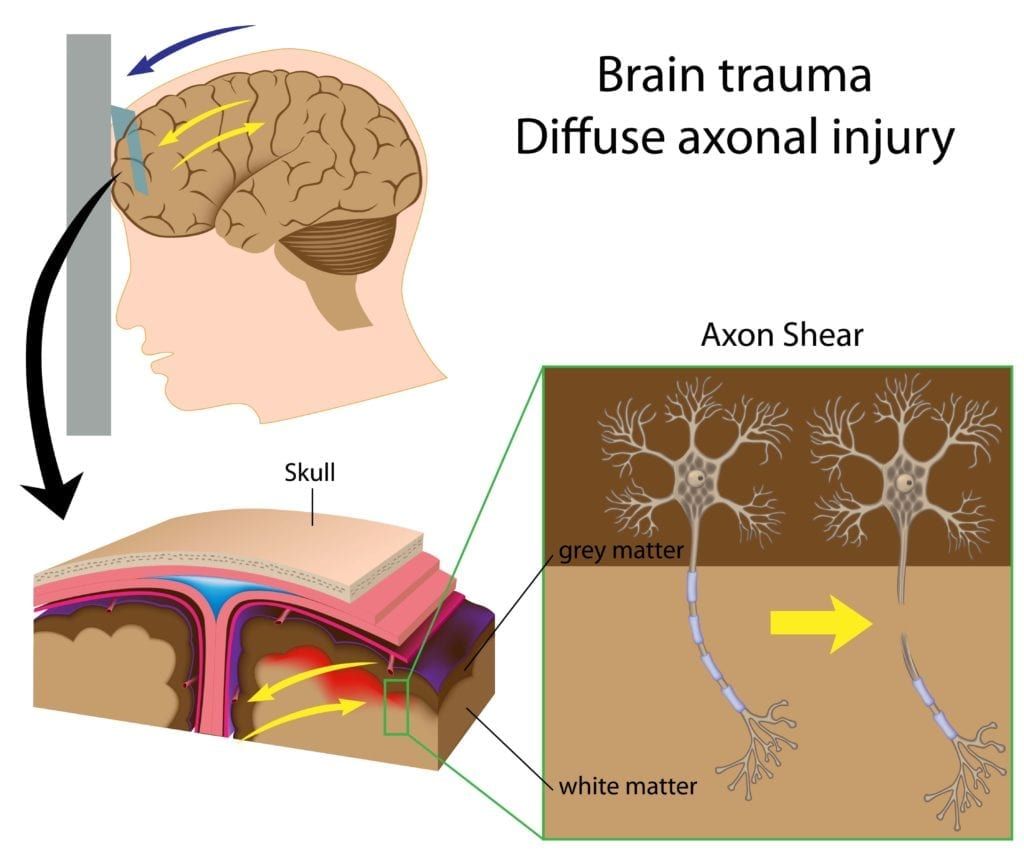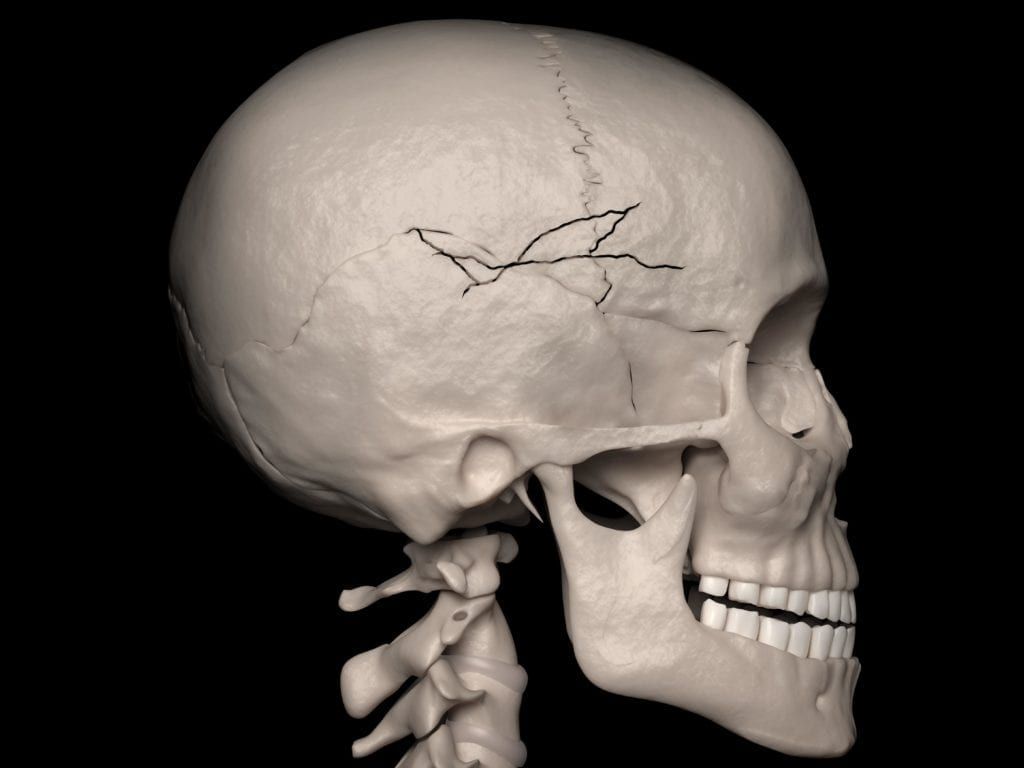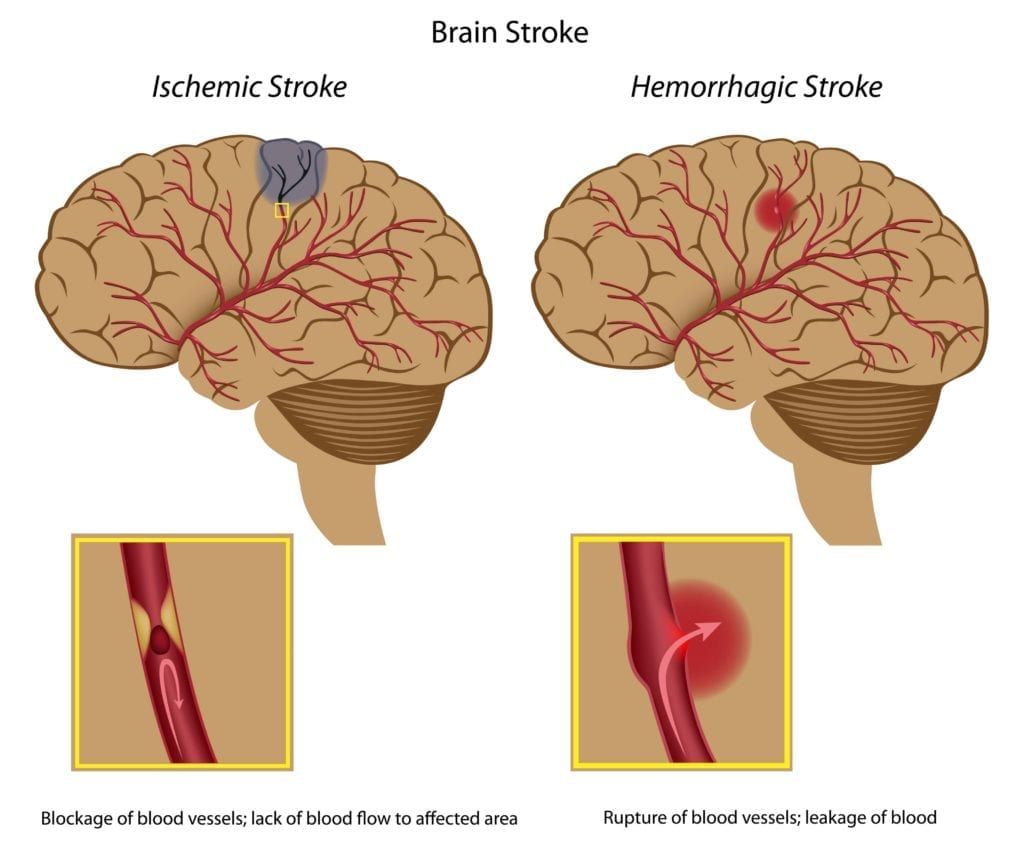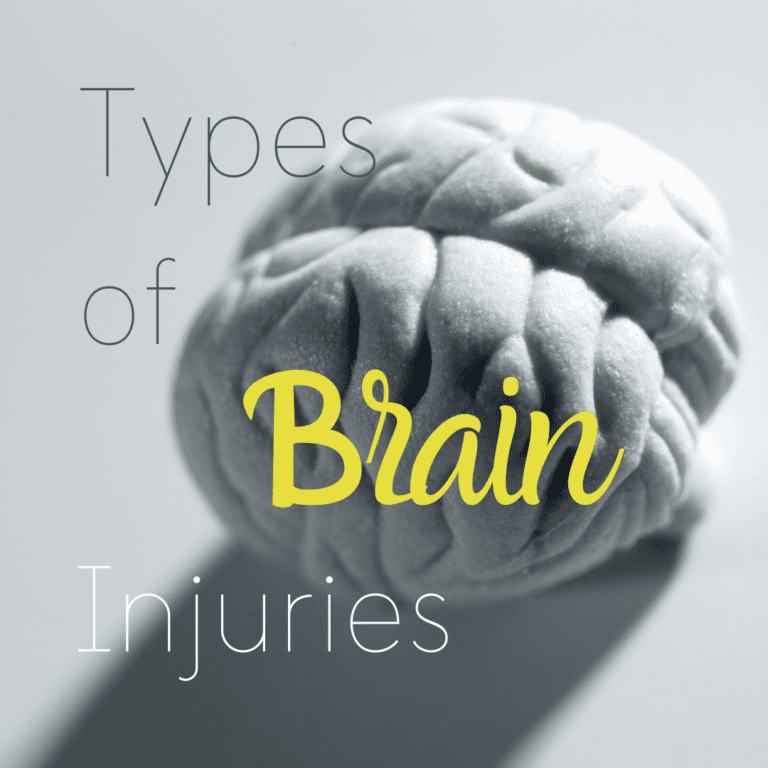Did you know that the human brain has the consistency of gelatin? Due to its extremely delicate consistency, the brain ultimately relies on the skull for protection from the outside world. Even with the skull’s protection, the brain can still become injured. In some cases, the brain can even become damaged due to internal factors. Depending on the cause, there are two types of brain injuries: Traumatic Brain Injuries (TBI) and Non-Traumatic Acquired Brain Injuries (ABI).
Traumatic Brain Injuries
Traumatic brain injuries are caused by an external force that affects the brain’s function. Most commonly, traumatic brain injuries are associated with vehicular accidents, falls, physical assaults, and sports-related accidents. According to the American Association of Neurological Surgeons, there are approximately 1.7 million traumatic brain injuries that happen every year. The association also notes that as many as 5.3 million Americans have a disability caused by a traumatic brain injury. Some examples of traumatic brain injuries, include:
Concussion
Concussions are one of the more common traumatic brain injuries. They occur when the brain changes in function as a result of hitting the internal walls of the skull.
Edema

Edema refers to the swelling of the brain that can occur as a result of any traumatic brain injury. Since the skull cannot expand to accommodate the swelling, edema can cause pressure on the brain.
Diffuse Axonal Injury
A diffuse axonal injury causes damage to the axons of brain cells that makes them unable to function. There is no bleeding associated with a diffuse axonal injury, however there can be swelling. This type of injury can ultimately lead to a loss of certain functions.
Hematoma
An intracranial hematoma is characterized by blood pooling in the brain or empty spaces around the brain that is caused by a ruptured blood vessel. There are different types of hematoma depending on their location in the brain.

Skull Fracture
Skull fractures are rare, however they can cause a change in brain function and possible infection when they do occur. Thin fractures are usually monitored closely, while depressed fractures or fractures that are leaking cerebrospinal fluid require surgical intervention.
Non-Traumatic Acquired Brain Injuries
Non-Traumatic brain injuries, on the other hand, are caused by internal factors such as a loss of oxygen, toxin exposure, or pressure from a tumor that damages the brain. Non-traumatic brain injuries are generally the result of stroke, aneurysm, tumor, almost drowning, infectious disease and a lack of oxygen to the brain. They are sometimes referred to as non-traumatic acquired brain injuries or ABI.

Hemorrhage
Hemorrhage, or uncontrollable bleeding, can occur within the brain tissue (intracerebral) or in the spaces around the brain (subarachnoid). A brain hemorrhage can occur as a result of a TBI, however when it occurs as an ABI, it is generally attributed to an aneurysm bursting. An aneurysm is a bulged blood vessel in the brain.
Hypoxic/anoxic Brain Injury
A hypoxic brain injury occurs when there is a shortage of oxygen to part of the brain and an anoxic brain injury occurs when there is no oxygen in part of the brain. Both of these injuries are generally attributed to disruptions in natural breathing patterns.
Stroke
A stroke occurs when blood flow to the brain is cut off and the brain cells begin to die. Strokes are generally either ischemic (caused by artery blockage) or hemorrhagic (caused by a blood vessel burst). In some cases, they can be caused by a temporary clot and called a transient ischemic attack.

Dr. Kashouty, a diplomate of the American Board of Psychiatry and Neurology (ABPN), practices general neurology with fellowship trained specialization in clinical neurophysiology. Dr. Kashouty finds the form and function of the nerves and muscles the most interesting part of neurology, which is what led him to specialize in neurophysiology with more emphasis on neuromuscular conditions. He treats all neurological diseases, but his main focus is to treat and manage headaches, movement disorders and neuromuscular diseases.




